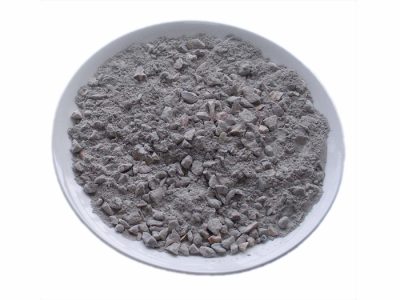Refractory brick materials are the basis for making refractory bricks. They play an important role in industries with extremely high temperature requirements, especially kilns such as metal smelting kilns, glass kilns, cement kilns, solid waste treatment kilns, etc. To choose refractory bricks, you need to have a certain understanding of the materials of refractory bricks. Only by understanding the materials of refractory bricks and combining them with the actual situation, can we choose the corresponding refractory bricks to make our kiln production reach the best state. What are the materials for making refractory bricks?
The composition of fire brick material typically includes refractory minerals like alumina, silica, and magnesia. The precise blend of these minerals determines the brick’s properties, such as its heat resistance, thermal conductivity, and mechanical strength. High-quality fire bricks are characterized by their low porosity and excellent chemical stability, which prevent the penetration of molten substances and gases.
One of the key advantages of fire brick material is its ability to insulate and retain heat. This not only helps in maintaining the desired temperature within the equipment but also reduces energy consumption. Moreover, fire bricks can withstand rapid temperature changes without cracking or deteriorating, ensuring the longevity and reliability of the industrial processes they are employed in.

Materials for making refractory bricks
In the manufacturing process of fire brick material, strict quality control measures are implemented to ensure consistency and performance. Advanced technologies are utilized to monitor the raw materials, the firing process, and the final product to meet the stringent standards of different industries.
The selection of the appropriate fire brick material depends on several factors, including the maximum operating temperature, the type of fuel used, and the chemical environment. Different applications may require specific grades and types of fire bricks to ensure optimal performance and safety.
In conclusion, fire brick material plays a vital role in numerous industrial operations that involve high temperatures. Its superior heat resistance, insulation properties, and durability make it an essential component for the efficient and safe functioning of furnaces and other heat-intensive equipment. Continued research and development in this field aim to enhance the performance and functionality of fire brick materials, further contributing to the progress of various industries.
